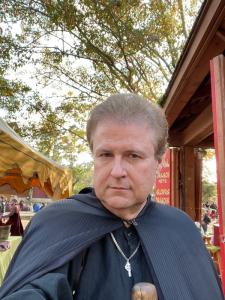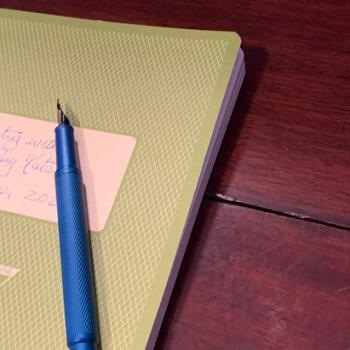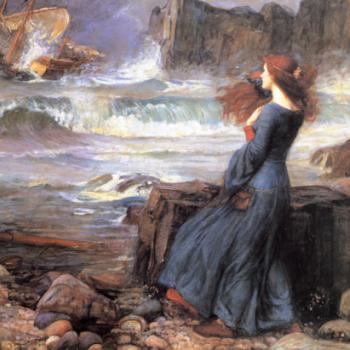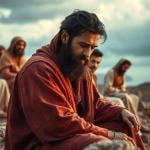 California was the Texas of the twentieth century: the land of opportunity and growth. It was also a place that exploited many of the people who came for the promise and that is not so different either. This summer was my summer of Steinbeck. He was a writer who understood promise, disappointment, exploitation, and the limits of the American dream.
California was the Texas of the twentieth century: the land of opportunity and growth. It was also a place that exploited many of the people who came for the promise and that is not so different either. This summer was my summer of Steinbeck. He was a writer who understood promise, disappointment, exploitation, and the limits of the American dream.
He was also rooted in the land and that seems important just now. Yet for all the beauty of his descriptions, and he makes me miss Pajaro Dunes on every page of his books about Monterrey, Steinbeck writes humans in broad stereotypes.
Steinbeck was either born blind or became blind to reality: he could see the divine, but not Christianity. In book after book, prostitutes are more likely to have hearts of gold than priests. Pastors are either theologically vague or horrid. The religious people in Steinbeck have nothing in common to the men and women I knew from my grandparents’ generation. There were many “fundamentalists” in the Anglo community who were not hypocrites, but also not theological liberals.
If you wanted a bowl of beans, you best find a Christian woman like my Nana. Though if you said you were starving and then turned down her beans, asking for fried eggs instead, you might find her less than tolerant. She was never a hypocrite and nobody would have called her a theological liberal.
Scholars are catching up with John Steinbeck on his stereotyped presentations of Hispanic Americans. The characters of The Pearl might as well be the noble savages of Rousseau and people rightly question if the “paisanos” of Tortilla Flats are real people or figments of a privileged liberal imagination. What I never read is a question about whether the picture of rural Christianity in the books is accurate. It is not: it is stereotypes and almost always in the same direction. Steinbeck does not like Anglo people who are “overly” religious or strict in their theology and he stereotypes them at every turn.
This matters in a historically ignorant age when people feel that we live in the best of times. We see Okies in their overalls with their primitive religion and we can feel a smug sense of superiority. We admire them when they are like we are. They are most courageous when overcoming the horrors of outdoor plumbing and old time religion. Steinbeck may have challenged the piety of his time, but in our time, this bigotry (and it is bigotry) and stereotypes of powerless people fits too well with our lightly educated elites.
The incoming classes of our best schools have never known a child of the Great Depression. I meet students of those schools who have to be reminded that the world was not black-and-white, but just as colorful as today. Just as the photos in their textbooks have given them a colorless view of the 1930’s, Steinbeck has given them an ugly view of religion. Students do not read much anymore, but Steinbeck is still widely assigned and he does nothing to challenge the prejudices of his age.
Read John Steinbeck, but read a man whose Anglo religious are as stereotyped and as false as many of his Mexican cardboard characters.















